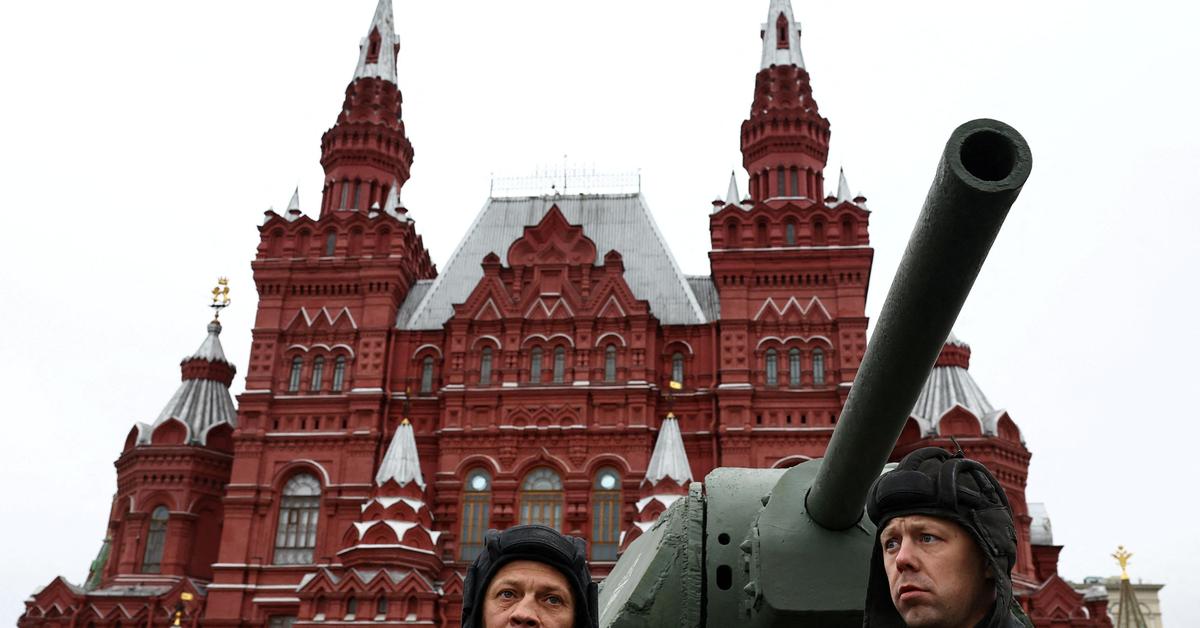“Only when it comes to nuclear weapons is there parity between the two sides,” says a new study by Greenpeace. The NATO states are currently spending around ten times as much money on their armed forces as Russia.
According to a study, the NATO states continue to be militarily superior to Russia – despite the arms buildup under President Vladimir Putin. “Only when it comes to nuclear weapons is there parity between the two sides,” states the study commissioned by Greenpeace. The NATO states are currently spending around ten times as much money on their armed forces as Russia (1.19 trillion US dollars compared to 127 billion US dollars).
Even without US spending and taking into account the difference in purchasing power, the clear preponderance in favor of NATO remains (430 billion US dollars to 300 billion US dollars). When it comes to large-scale weapons systems, NATO outperforms Russia at least three times. “For example, NATO countries have 5,406 combat aircraft (including 2,073 in Europe), whereas Russia only has 1,026 of them,” it says. Only when it comes to strategic bombers does Russia almost match the USA (129 to 140).
In addition, Russia has a significant technological gap to NATO in many weapons areas, which can hardly be caught up within a decade. NATO is also said to be ahead in terms of the number of soldiers under arms and operational readiness. The NATO states dominated the global arms market with over 70 percent of total sales.
“Allow verification of potential in Europe”
The authors of the study are Herbert Wulf, who headed the Bonn International Center for Conversion (BICC) for eight years and conducted research at the Stockholm International Peace Research Institute (SIPRI), and the peace researcher Christopher Steinmetz. “Instead of further arming, NATO’s existing conventional superiority – coupled with the potential for nuclear escalation on the Russian side – should be used as an opportunity to prepare and initiate arms control policy initiatives that create new trust and allow verification of the respective military potential, at least in Europe “, say the researchers.


